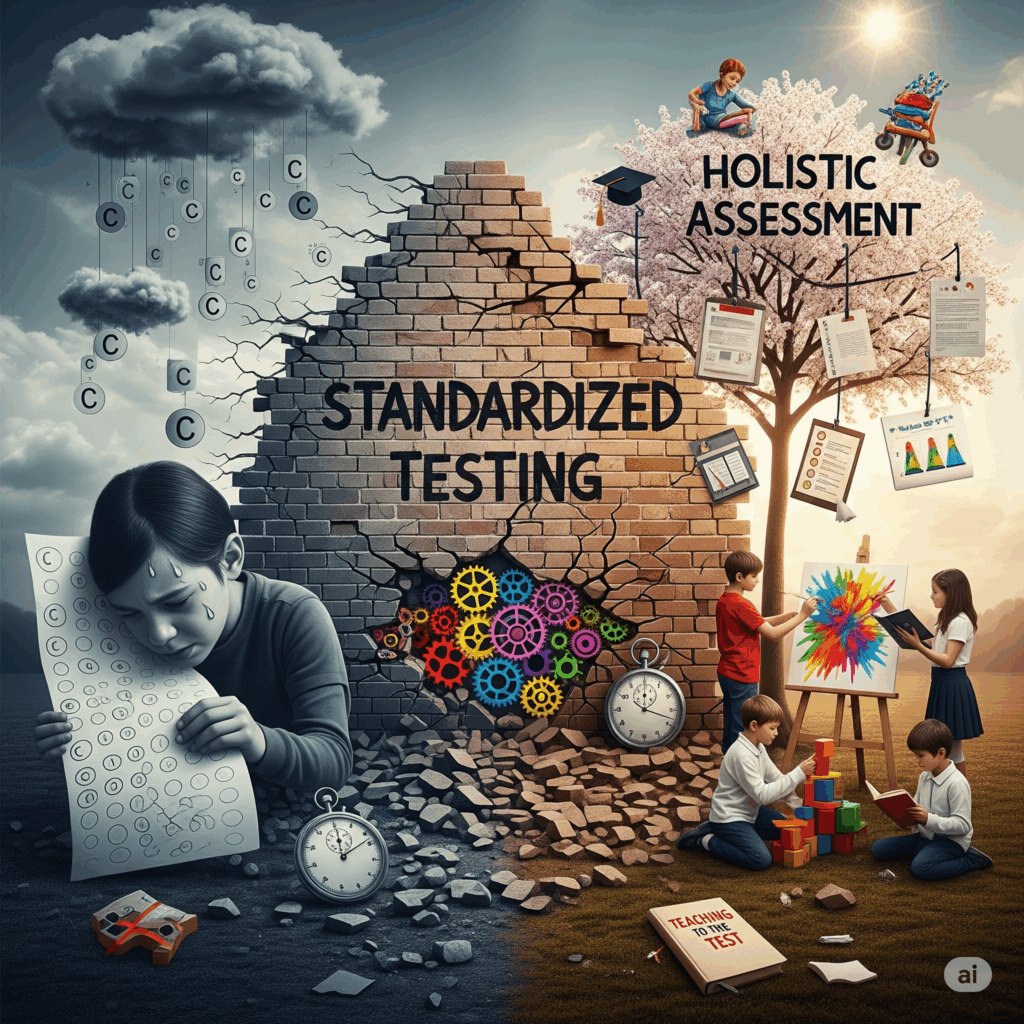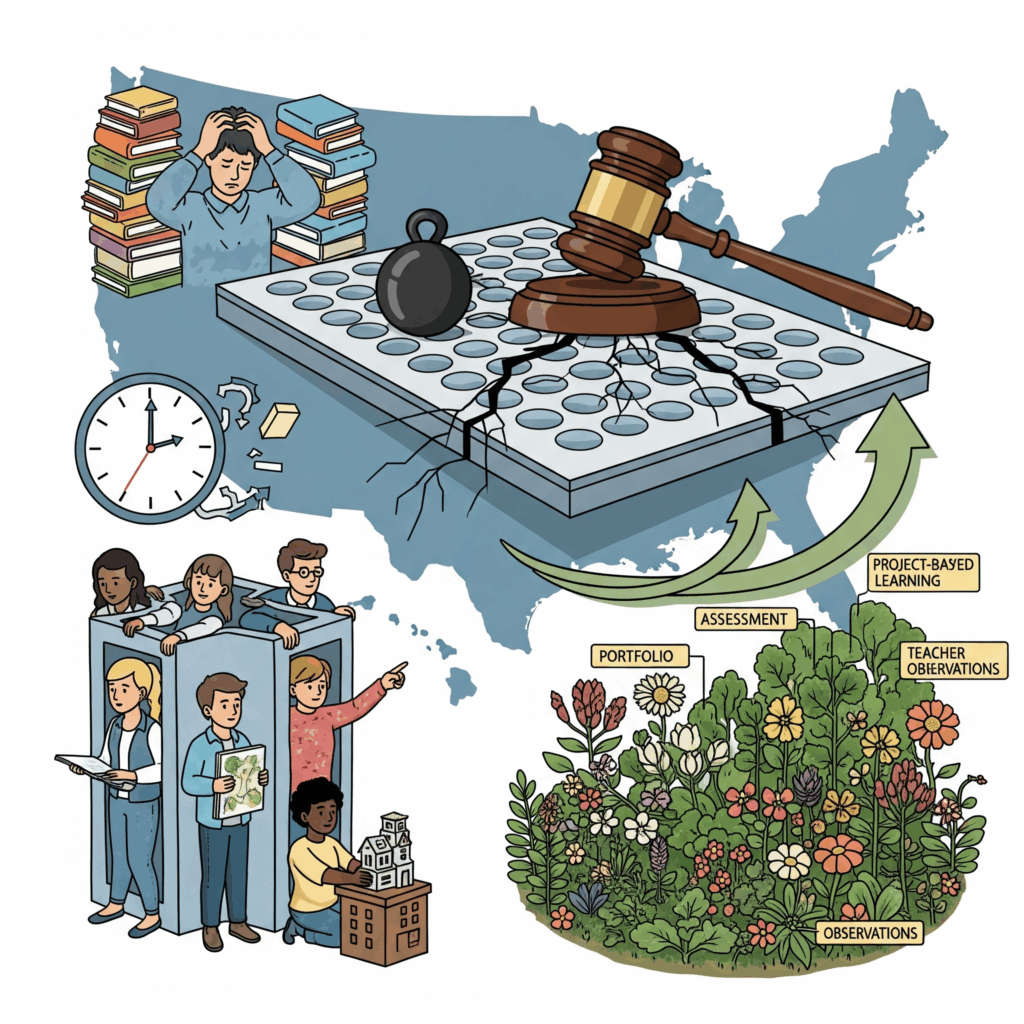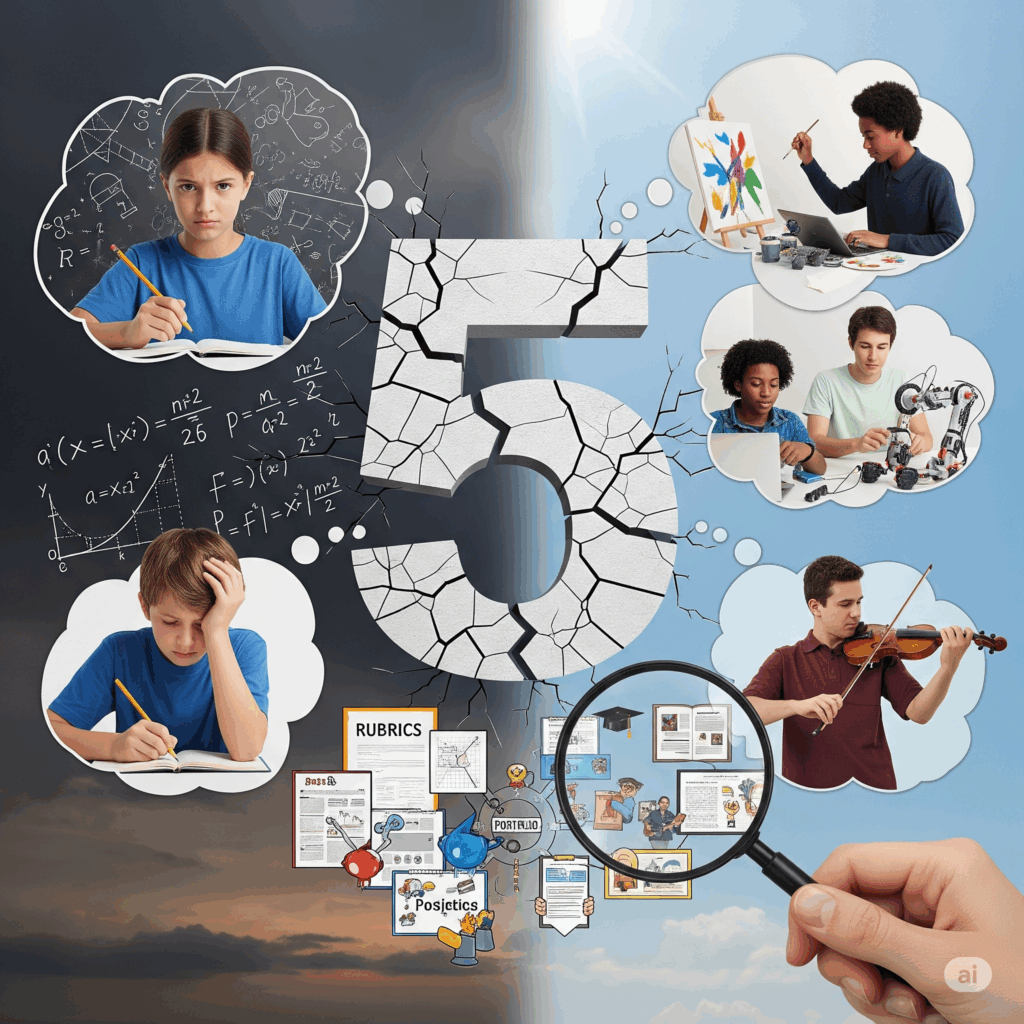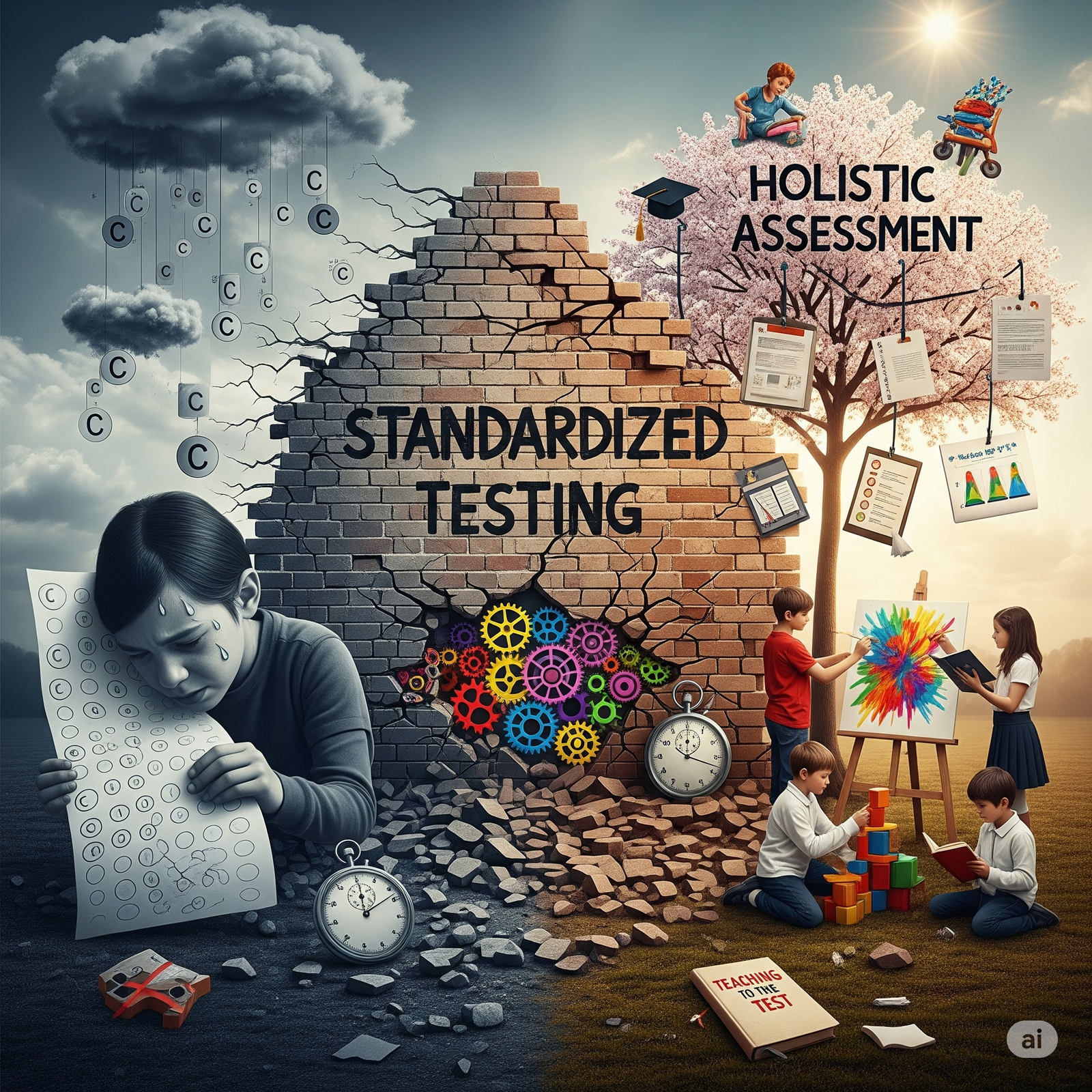Standardized testing has been a cornerstone of the American education system for decades, serving as a primary tool for measuring student achievement, teacher effectiveness, and school accountability. From the No Child Left Behind Act to the Every Student Succeeds Act (ESSA), federal policy has long mandated these assessments, using their results to shape everything from school funding to graduation requirements. However, in recent years, the prominence and purpose of standardized testing have been the subject of intense debate. While proponents argue for their role in ensuring a universal educational standard, critics contend that these tests have a detrimental impact on students, teachers, and the broader educational environment. This article delves into the complex discussion surrounding standardized testing, exploring its intended and unintended consequences, the criticisms it faces, and the promising alternatives that are reshaping the future of assessment.

The Intended Impact: A Universal Yardstick
The rationale behind standardized testing is rooted in the desire for a consistent and objective measure of academic performance. Supporters of these tests highlight several key benefits:
- Establishing a Universal Standard: By administering the same test to all students, standardized exams provide a baseline for comparison across diverse backgrounds, schools, and even states. This allows policymakers and educators to identify what students are expected to know and to track progress against a common benchmark.
- Ensuring Accountability: Standardized tests are a central component of accountability systems. They provide data that can be used to evaluate the performance of schools, districts, and teachers. When test scores are tied to incentives or sanctions, the theory is that it motivates all stakeholders to work toward improving student outcomes.
- Identifying Achievement Gaps: The data from these tests can be instrumental in pinpointing disparities in performance between different student groups, such as those from varying socioeconomic backgrounds or racial and ethnic groups. By highlighting these gaps, standardized testing can, in theory, inform targeted interventions and resource allocation to support students who need it most.
- Informing Policy and Research: Standardized test results provide a massive dataset that researchers and policymakers use to analyze educational trends, evaluate the effectiveness of reforms, and make evidence-based decisions about curriculum and funding priorities.
The Unintended Consequences: A Wave of Criticisms
Despite their intended benefits, standardized tests have faced a growing wave of criticism for their negative impact on the educational experience.

The “Teaching to the Test” Phenomenon
One of the most persistent criticisms is that high-stakes testing leads to a narrowing of the curriculum. Under pressure to raise test scores, educators may feel compelled to “teach to the test,” focusing on a limited set of subjects (primarily math and reading) and on the specific format and content of the exam. This often comes at the expense of a well-rounded education, pushing subjects like social studies, the arts, and physical education to the sidelines. This approach emphasizes rote memorization and test-taking strategies over critical thinking, creativity, and deeper comprehension.
Student Stress and Anxiety
Standardized tests, particularly those with high stakes, can create significant stress and anxiety for students. Research indicates that a substantial percentage of students experience test anxiety, which can negatively impact their mental well-being and hinder their academic performance. The pressure to perform well can manifest in physical symptoms like headaches and stomachaches, and can lead to a negative perception of learning. This is particularly concerning for younger students, who may not yet have the emotional tools to cope with such pressure.
Inaccurate and Unfair Assessment
Critics argue that standardized tests are often a poor measure of a student’s true knowledge and ability. Factors outside of a student’s control—such as their socioeconomic status, access to test preparation resources, and even their emotional or physical state on the day of the test—can heavily influence their scores. Furthermore, many standardized tests are criticized for being culturally biased, as questions may rely on background knowledge or vocabulary more familiar to students from affluent or dominant cultural backgrounds. This bias can disproportionately harm marginalized students and may perpetuate, rather than solve, educational inequalities.
Stifling Creativity and Holistic Development
By focusing on a narrow set of quantifiable skills, standardized tests fail to measure a student’s full potential. They do not capture qualities like creativity, critical thinking, problem-solving, collaboration, or leadership. An over-reliance on these tests sends a message that these vital skills are secondary to performance on a multiple-choice exam, potentially stifling the development of a student’s unique talents and abilities.
The Path Forward: Exploring Alternatives to Standardized Testing
The criticisms of standardized testing have fueled a movement to explore and implement alternative assessment methods that offer a more holistic and accurate picture of student learning.

Portfolio-Based Assessment
Instead of a single test score, this approach relies on a collection of a student’s work over time, including essays, projects, and other assignments. Portfolios can be used to demonstrate a student’s growth and mastery of skills across various subjects. This method allows students to showcase their creativity and critical thinking, and provides a more comprehensive and authentic view of their learning. In some cases, portfolios are reviewed by an independent group of teachers and community members, ensuring a level of accountability.
Performance-Based and Project-Based Learning
These assessments require students to demonstrate their knowledge and skills through real-world applications. This can include long-term projects, presentations, experiments, or collaborative tasks. For example, a science class might be assessed on their ability to design and conduct an experiment, rather than simply answering questions about the scientific method. This approach encourages deeper learning, problem-solving, and the development of skills that are directly transferable to future careers.
Authentic and Formative Assessments
Authentic assessments, such as interviews, journal entries, and teacher observations, provide ongoing feedback to both students and teachers during the learning process. These formative assessments are low-stakes and are designed to help teachers understand where students are struggling so they can adjust their instruction accordingly. This continuous feedback loop focuses on growth and improvement, rather than a single, high-stakes final score.
Competency-Based Education
This model focuses on a student’s mastery of specific skills and knowledge, rather than seat time or standardized test scores. Students progress at their own pace, and assessments are designed to measure their ability to apply what they have learned. This personalized approach to learning and assessment is particularly well-suited to the diverse needs and learning styles of individual students.
Conclusion: Finding a Balanced Approach
The debate over standardized testing is not a simple choice between a flawed system and a perfect alternative. Standardized tests, when used correctly, can provide valuable data for identifying trends and informing policy. However, when they become the sole or primary measure of success, they can have profoundly negative consequences.
The path forward for American education lies in a balanced approach. This means moving away from a single-minded reliance on high-stakes testing and towards a more nuanced, multi-faceted assessment system. By integrating a variety of alternative assessments, schools can create an environment that values deep learning, creativity, and the holistic development of every student. This shift would empower teachers to teach with greater freedom and innovation, reduce student anxiety, and ensure that the educational system truly prepares all students for success in a complex and ever-changing world. Ultimately, rethinking standardized testing is not about eliminating accountability but about finding more effective and equitable ways to measure what truly matters in education.










